Step 1 – Marketing Assessment
Many businesses are so busy executing every day that they sometimes bypass the most basic steps that are required to not only optimize their business but also succeed.
“Champions are brilliant at the basics.” ~ John Wooden

With the rapid advancement of new technology, applications and approaches to marketing, business leaders can easily become overwhelmed by the variety of tools available and end up chasing their tail.
With new tools, come new learning curves, and with new learning curves comes lost opportunities while you’re trying to learn the new tools and systems.
That’s why champions, no matter the sport or industry, always build upon the basics and the fist step is to make an assessment of the current situation.
Here at Ridgeback, we too believe in the value of “the basics” and follow a basic three step process which we refer to as – Assess, Decide, and Act.
Assess the current situation
Decide upon a direction based upon what’s learned in the assessment
Act on the decision made with focus and determination.
You can only make good decisions if you’ve taken the time to make a good assessment so that’s why we always begin a new project by first making a sound estimate of the situation.
Marketing is no different. A sound marketing assessment will help you assess your current activities across the marketing spectrum. From Social Media Marketing (SMM), to your activities on the Internet, to traditional marketing and advertising, its important that you first take a look at your current activities and assess what’s working, what’s not, and how much you’re spending.
Southern Methodist University describes a “market assessment as a detailed and objective evaluation of the potential of a new product, new business idea or new investment. It is a comprehensive analysis of environment forces, market trends, entry barriers, competition, risks, opportunities and the company’s resources and constraints.“
